An exceptional brown and white glaze enameled ceramic zoomorphic sculpture of a walking panther on a black enameled base.
Signed on the base "Primavera E.Pierre"
Circa 1930.
H 13 in L 30 in D 5 ¾ in.
Bibliography : "Primavera, naissance de la céramique moderne", Galerie Anne-Sophie Duval, 2013, illustrated page 87.
“Primavera 1912-1972, Atelier d’Art du Printemps, Alain-René Hardy, Faton Edition
Primavera 1912-1972: Atelier d’Art du Printemps
Primavera, “Spring” in Italian, was the first French department store to set up a creative workshop at the beginning of the 20th century.
The adventure began in 1912 with two Decorative Arts enthusiasts:
Pierre Laguionie (1884-1978), director of “Printemps” Department Store and lawyer René Guilleré (1878-1931), founder of the Salon des Artistes Décorateurs.
Their objective is to promote the craft of Art in the daily life of the French people on the motto of the beautiful and the useful.
Decorative objects and furniture (furniture, ceramics, glassware, carpets, upholstery, wallpapers, etc.) must be beautiful, modern, of high quality and at affordable prices.
The studio acquired young decorative artists such as Marcel Guillemard (1886-1932) and Louis Sognot (1892-1969) for furniture, and for works of art and ceramics by Madeleine Sougez (1891-1945)active from 1920 to 1928, Claude Lévy (1895-1942) from 1919 to 1929, Paule Petitjean (1895-1989) de 1913 à 1929, Hélèné Gatelet de 1924 à 1930, Marcelle Thiénot (1907-1946) de 1929 à 1938, Charlotte Chauchet (1878-1964) de 1912 à 1939, Wilfrid Prost (1912-1945) de 1934 à 1941, Macé de 1922 à 1923, to mentioned only them among others. The passage of creators like René Buthaud (1886-1987) or Jean Besnard (1889-1958).
In the field of glass and ceramics, craft workshops are sought, such as Elchinger in Soufflenheim in Alsace, Paul Jacquet (1883-1968) in Savoie, Louis Lourioux (1874-1930) in the Cher, Lucien Arnaud in Saint Amand en Puisaye, the workshop Saint-Leu-La-Forest or factories (Long-wy, Quimper, Malicorne, Creil-Montereau, Sainte-Radegonde, CAB (Céramique d'Art de Bordeaux), etc.
A pottery purchased in Touraine also allows the production of tableware.
After the First World War, the workshop grew rapidly.
The 1925 Exhibition at the Salon des Arts Décoratifs allowed the public to discover the modernities of this workshop that improved everyday life and housing.
Events followed one another in various art and technology fairs, Sa-lon d'Automne, Salon des Artistes Décorateurs (SAD)…
The 1930s marked a revival with the arrival of a new generation of decorators such as Colette Guéden (1912-2007) and Odette Lepeltier (1914-2006).
Colette Guéden entered the drawing studio in 1927, took the direction in 1934.She was artistic director of Primavéra from 1938 until 1972.
Following the Second World War, the period of reconstruction gave new impetus to the workshop in the 1950s and 1960s. Colette Guéden’s team, which is being strengthened with Alain Le Foll, Geneviève Pons… , also called upon outside craftsmen such as Pol Chambost (1906-1983), Madoura with Suzanne Ramié (1905-1974)…
The French artistic adventure ended with the departure of Colette Gueden in 1972.
Source Art-Angelux.
Article Primavera, C.Lavenu













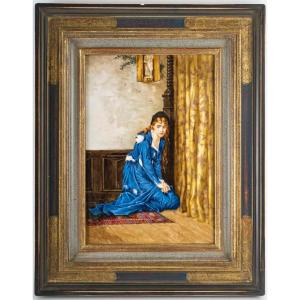

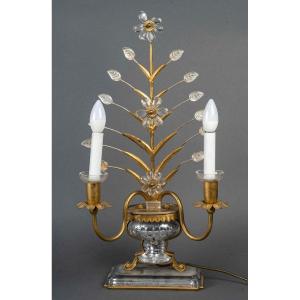
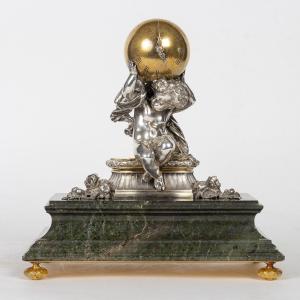
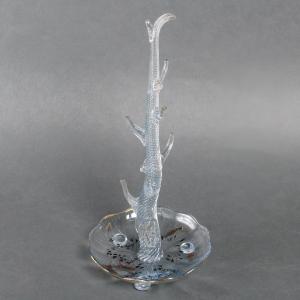
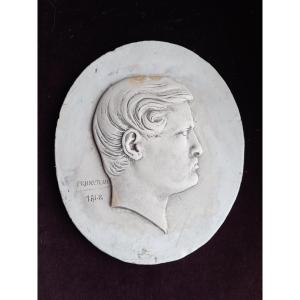


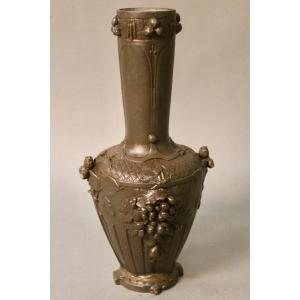

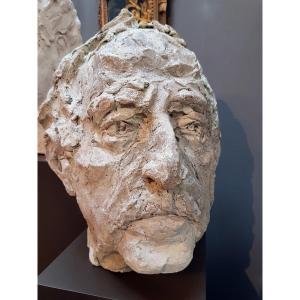



 Le Magazine de PROANTIC
Le Magazine de PROANTIC TRÉSORS Magazine
TRÉSORS Magazine Rivista Artiquariato
Rivista Artiquariato
